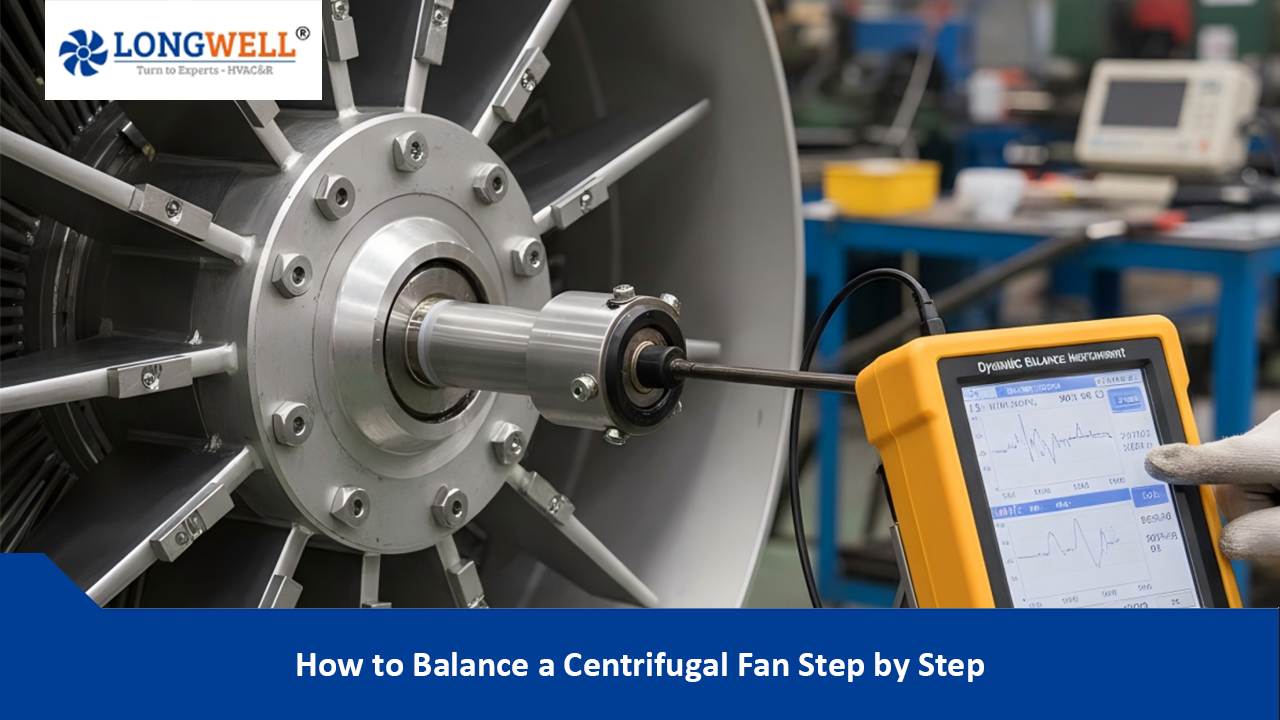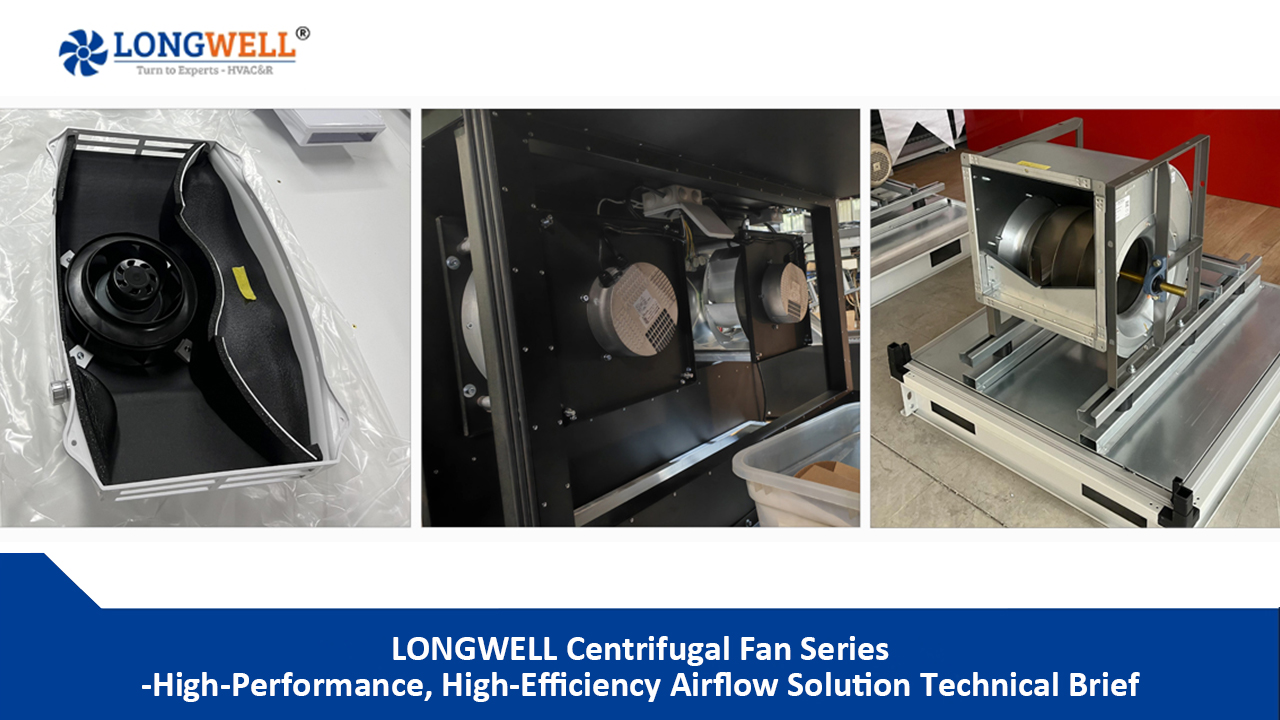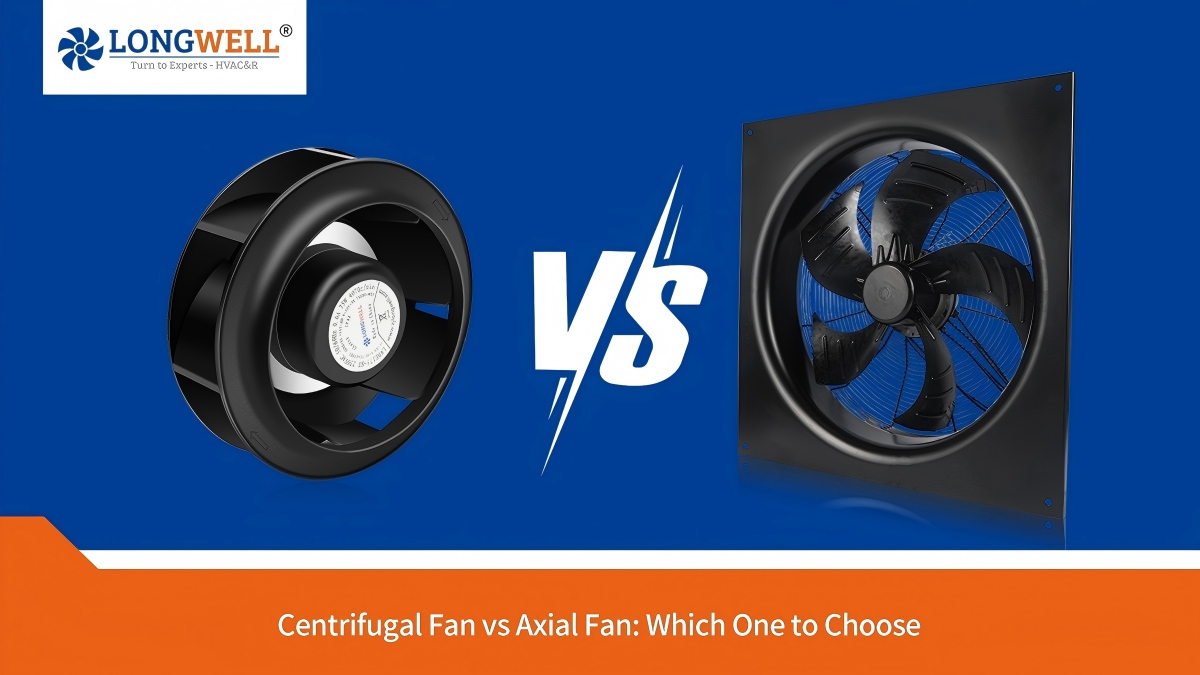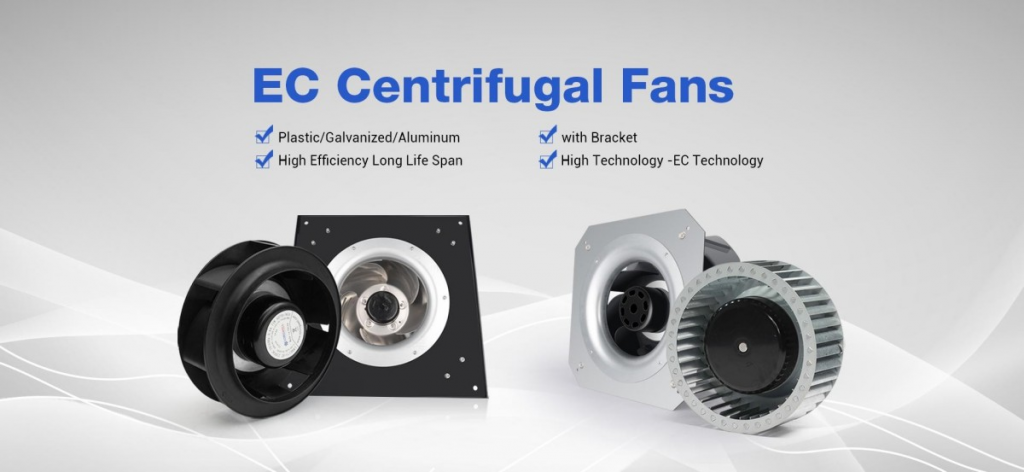
You can save more energy in 2025. Pick high pressure ventilation fans with new technology and smart controls. New trends show that AI climate control and IoT monitoring help you use less energy. These systems help you work better and waste less power.
Feature | Benefit |
Smart control systems | Use less energy and save money |
Energy-efficient motors | Work better, need less power |
Integrated sensors | Make the system work smoother |
Companies like LONGWELL are leaders. They give you certified and new solutions. These help you follow strict energy rules.
Key Takeaways
- Pick high pressure ventilation fans with smart controls. These fans help save energy and lower costs. The system changes settings by itself to fit your needs.
- Find fans with good motors and aerodynamic blades. These parts help air move better and use less energy. You can save up to 30% on energy.
- Choose fans with variable speed technology. This lets fans change speed when needed. You might save up to 50% on energy.
- Look for certifications like ENERGY STAR and ISO. These labels show the fan is efficient and safe.
- Think about the materials and design of the fan. Light and smooth parts help the fan work better and last longer. This can save even more energy.
High Pressure Fan Design
If you want your fan to use less energy, look at three things. These are efficient motors, aerodynamic blades, and variable speed technology. Each part helps your fan use less power and work well in different places.
Efficient Motors
A good fan gives strong airflow but does not waste electricity. LONGWELL’s EC motor technology helps with this. EC motors mix brushless DC motors and smart electronic controls. This setup saves energy and lowers your electric bill.
Aspect | EC Motors | Traditional Motors |
Energy Efficiency | High | Moderate |
- EC motors need less electricity, so they are great for saving energy.
- They last a long time and do not break easily.
- Smart controls let you change the fan speed to fit your needs.
LONGWELL’s EC motors can be up to 90% efficient. You get more air for every bit of power used. These fans work in factories, farms, and homes. They also fit with HVACR systems to keep air clean.
Aerodynamic Blades
The blade shape is very important. Aerodynamic blades help fans move air better and use less power. Aerofoil-shaped blades give more lift and less drag.
- Axial fan blades shaped like wings push air well.
- The curve and thickness make air move smoother.
- Good blade design stops turbulence and saves energy.
Look at the blade pitch and size too. Bigger blades with a higher pitch move more air easily. The material and edge shape matter. Airfoil-shaped edges are better than flat ones because they cut drag. This smart design can lower electricity use by 30%.
Design Feature | Benefit |
Aerodynamically optimized impellers | Reduces electricity consumption by up to 30% |
Smart sensors | Allows for real-time adjustments |
Variable Speed
Variable speed technology lets your fan change speed when needed. You do not have to run the fan fast all the time. The fan goes faster or slower depending on what you need.
Application Type | Energy Savings Percentage |
Variable Torque (Fans/Pumps) | Up to 50% |
Constant Torque (Conveyors/Compressors) | Around 10% |
- Variable speed drives match motor speed to airflow.
- This stops energy waste and keeps things working well.
- If you need less air, the fan slows down and uses less power.
Using variable speed can cut energy use by half in some cases. Fans last longer because they do not wear out as fast. Smart controls and real-time monitoring help you set the best speed.
Tip: Always check if your high pressure fan has variable speed. This can help you save a lot of money.
You can use these features in many places. Factories, greenhouses, and big buildings all need good fans. LONGWELL makes fans for many uses and makes sure they work with modern HVACR systems.
Smart Controls
Smart controls help your fans work better. They use sensors and automation. Fans only run when needed. This saves energy and keeps rooms comfy. LONGWELL’s smart controls let you change settings fast. You can manage everything easily.
Sensors
Sensors help your fan know what is happening. They check things like temperature and humidity. Sensors also look at air pressure. With this data, fans change speed and airflow. Fans match what your room needs.
Sensor Type | Function |
Temperature Sensors | Watch temperature changes to keep heating and cooling good. |
Humidity Sensors | Control moisture for comfort and protect equipment. |
Pressure Sensors | Find pressure changes to keep the system working well. |
Airflow Management | Make sure air moves right for healthy indoor air. |
Sensors are found in many places. Temperature sensors help offices stay cool or warm. Humidity sensors keep kitchens dry and safe. Pressure sensors protect clean rooms in hospitals. These smart sensors help fans use less energy. Fans also last longer.
Automation
Automation lets fans work by themselves. When sensors notice changes, fans react fast. You do not need to change the fan by hand. Fans speed up or slow down as needed.
- Automated fans run only when needed, so you save energy.
- Demand-controlled systems use sensors to turn fans on at the right time.
- Using motors and smart parts can save you 20%–30% energy.
Old fans ran fast all the time. This wasted power. Now, automation helps fans work smarter. Fans use just enough energy to keep rooms comfy.
Tip: Automation saves energy and helps fans last longer. You spend less money fixing or replacing fans.
System Integration
System integration connects fans to other building systems. Fans, heating, cooling, and lights can work together. You control everything from one place.
Component | Description |
Sensors | Collect real-time data about temperature, humidity, and pressure. |
Controllers | Use sensor data to make smart choices. |
Benefits | Watching and changing the system often saves energy and money. Advanced plans make things work better by giving air when needed. |
When you link fans with building management systems, you get many benefits:
- Good airflow keeps rooms comfy and saves energy.
- Heating and cooling costs go down because systems work only when needed.
- HVAC systems work better and last longer.
- You save time by managing everything from one dashboard.
- You get real-time data to help you make smart choices.
Smart controls can watch and change many systems at once. They help you use less energy and pay lower bills. You also help the planet by saving power.
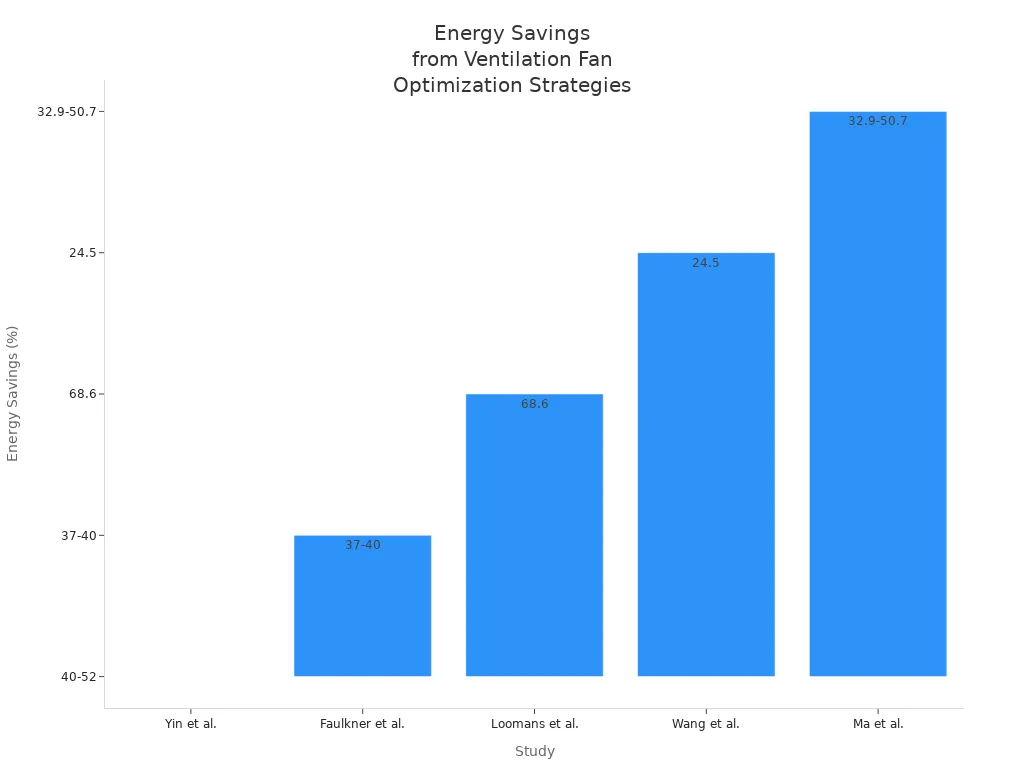
The chart above shows how different ways to connect systems can save energy. Changing fan speeds based on air quality can cut power use by up to 40%. Using less air when no one is in the building can save even more—up to 68.6%.
Note: LONGWELL’s smart controls make it easy to connect fans to building systems. You get better results, lower costs, and healthier air inside.
Materials and Build
Lightweight Construction
A fan should work well but not be heavy. If a fan is light, it uses less energy. The motor does not have to move heavy parts. Makers use special materials to make fans strong and light. Fans are made with metals that do not rust, tough plastics, and strong alloys. These materials help fans last longer and work better in hard places.
Material Type | Impact on Performance |
Corrosion-resistant metals | Stay strong in tough places and work for many hours. |
Durable plastics | Make fans strong and help them last a long time. |
Reinforced plastics/metal alloys | Make blades better and help fans move air without breaking. |
Light fans are easy to put in and fix. You do not spend much time fixing them. You also use less energy every day.
Low-Friction Parts
Low-friction parts help fans spin easily. Less friction means the motor works less. This saves electricity. Bearings and blade surfaces with special coatings lower friction. Fans move air better and do not get hot. Fans with low-friction parts are quiet and last longer.
Tip: Pick fans with good bearings and smooth blades. These things help you save energy and keep your fan working well.
Noise Reduction
Noise reduction helps you feel comfortable and saves energy. Fans with smart blade shapes and smooth airflow make less noise. RHF Fans’ Smoothflow technology stops turbulence, so fans are quiet and use less power. You get a quiet room and lower bills.
- Smooth blades and round tips cut noise and move more air.
- Changed impellers can lower sound by 4.8% and make fans work better by 2.1%.
- Quiet fans are good for hospitals, offices, and homes.
A study shows that changing blade shape makes fans quieter and better. You get more air and less noise. Energy-saving fans are often quiet, so they are great for places where you need silence.
Note: If you pick a fan with noise reduction, you get more comfort and save energy too.
Certifications
ISO and CE
When you choose a ventilation fan, you want to know it meets high standards. LONGWELL’s fans carry ISO9001, ISO14001, and CE certifications. These show you that the fans are safe, reliable, and made with care.
- ISO 9001makes sure the fan has consistent quality. You get a product that works well every time.
- ISO 14001focuses on protecting the environment. The fan uses less energy and creates less waste.
- CE certificationmeans the fan meets strict safety rulesin Europe. You can trust it in many countries.
These certifications help you feel confident. You know your fan will last and work as promised.
Energy Labels
Energy labels give you clear information about how much power a fan uses. When you see a label, you can compare different fans quickly. Look for fans with high ratings. These fans use less electricity and save you money.
Label Type | What It Shows |
Energy Star | High efficiency |
EU Energy Label | Power use and performance |
Local Labels | Meets area-specific rules |
A good energy label means the fan meets or beats the latest standards. You can spot the best choice for your building or project.
Tip: Always check the energy label before you buy. This helps you pick the most efficient fan for your needs.
Regulatory Compliance
You need to follow the latest rules when you buy or install a High Pressure ventilation fan. In 2025, new standards make sure fans do not waste energy.
- Title 20 says every fan must have a Fan Efficiency Index (FEI) of at least 1.0. This keeps energy use low.
- If a fan does not meet this rule, you cannot sell or use it in California.
- You must keep a list of all your fans, showing how you use them and how they run. This helps you avoid problems with the law.
By choosing certified fans, you stay ahead of new rules. You also help protect the environment and save on energy bills.
Selection Tips
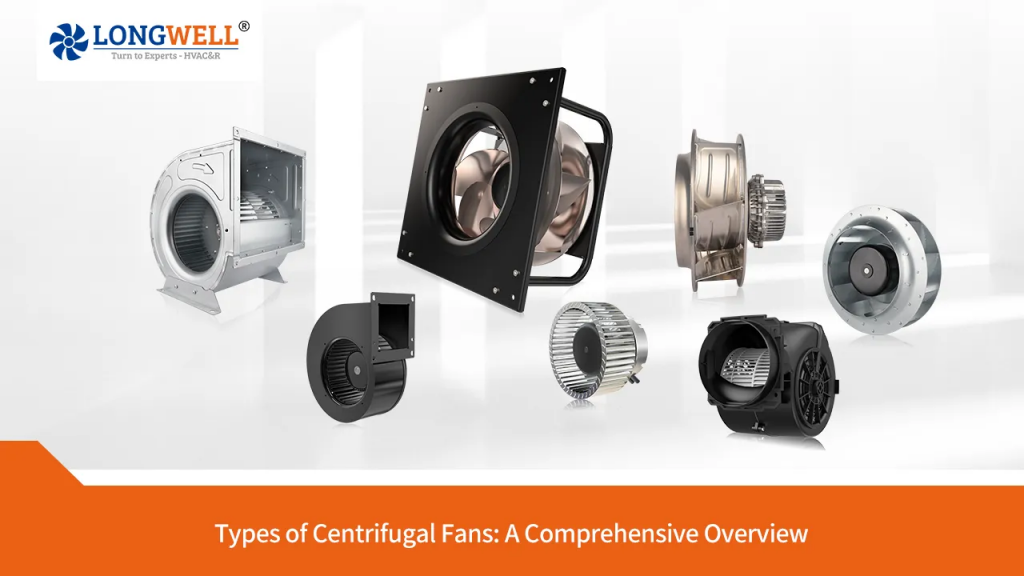
Comparing Fan Types
You must pick the right fan for your room. Axial fans and centrifugal fans are not the same. Axial fans push lots of air but at low pressure. Centrifugal fans make high pressure but move less air. Think about how much air you need. Also, check what pressure your system needs.
Feature | Axial Fans | Centrifugal Fans |
Airflow | High-volume, low-pressure | Low-volume, high-pressure |
Typical Applications | Cooling, ventilation, air conditioning | Furnaces, industrial air handling |
Maximum Airflow Rate | Up to 5,000 CFM | Up to 1,000 CFM |
Static Pressure | 0.5 inwg | Up to 10 inwg |
Noise Level | Approximately 60 dB | Approximately 75 dB |
Energy Efficiency | About 70% | About 60% |
Power Consumption | Less power required | More power required |
Cost-Effectiveness | More cost-effective for continuous use | Higher operational costs due to power consumption |
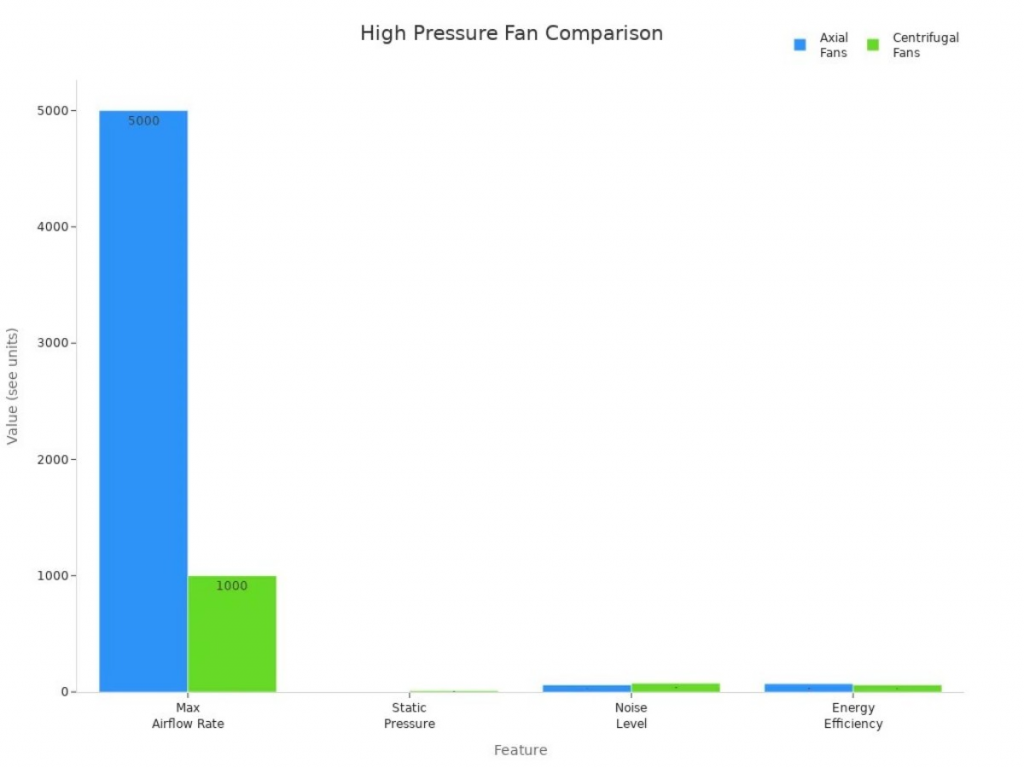
Tip: If you need high pressure, pick centrifugal fans. For big rooms with low pressure, axial fans are better.
Key Features
Check important things before you buy a fan. Look for ENERGY STAR labels. These fans use less energy. Check how much air the fan moves. Also, look at the static pressure rating. Make sure the fan is not too loud. It should meet sound and efficacy rules. For HVAC, try for 2 cfm/Watt for good energy use. A high COP means the fan works better.
- ENERGY STAR fans can use 70% less energy.
- Make sure the fan is installed right and gets regular checks.
- Pick fans made from strong materials with safety labels.
- Fans with smart controls are easy to change.
Aspect | Description |
Focus on Efficiency | LONGWELL gives fans that save energy and can be controlled. |
Technological Innovation | New fan technology helps fans work better. |
Global Technical Support | LONGWELL has offices in many places to help you. |
Smart Controls | Automation and remote checks help save energy. |
Note: Companies like LONGWELL help you pick, set up, and care for your fan. You get expert help everywhere.
Real-World Savings
Choosing the right fan saves lots of money. Schools and casinos have saved with new ventilation systems.
- Turtle River Montessori School cut cooling costs by 70%. They also made their HVAC units smaller by half.
- South High Community High School saved $60,000 every year. Their air got cleaner too.
- Doherty Memorial High School spent less on renovations and energy. They used energy recovery ventilators.
- A casino saved over $400,000 on ventilation by using energy recovery.
Tip: Pick fans with energy recovery and smart controls. You will save money and breathe cleaner air.
You can save more energy by picking high pressure ventilation fans. These fans have efficient motors, aerodynamic blades, and smart controls. Certified fans with ENERGY STAR® labels use much less energy. They can be up to 70% quieter too. LONGWELL makes new fans that follow strict rules. When you choose a fan, look at airflow, static pressure, and how well it works. Use variable speed drives to match the fan to your space. This helps you get the best results.
Tip: Choose fans with trusted certifications and smart features. You will spend less money and feel more comfortable.
FAQ
What makes a high pressure ventilation fan energy efficient?
Fans save energy with advanced motors and smart controls. Aerodynamic blades help fans use less electricity. These features make fans work well in many places.
How do smart controls help you save energy?
Smart controls let fans change speed and airflow by themselves. You do not have to set the fan by hand. The fan uses only the power it needs.
Tip: Smart controls help you pay less for energy. They also help your fan last longer.
Why should you check for certifications like ISO and CE?
Certifications show your fan is safe and high quality. You can trust the fan works well and follows important rules.
Certification | What It Means |
ISO9001 | Quality assurance |
ISO14001 | Environmental safety |
CE | European safety |
Can you use these fans in homes, factories, and farms?
Yes, you can use these fans in many places. LONGWELL makes fans for homes, factories, and farms. You get clean air and save energy wherever you put them.
How do you choose the best fan for your needs?
Look at airflow, pressure, energy labels, and smart features. Pick a fan with trusted certifications. Ask experts for help if you need advice.
See Also
Understanding Cross Flow Fan Efficiency In Today’s Ventilation Systems
The Role of Axial Fans in HVAC Energy Efficiency
Achieving High Energy Efficiency With Longwell Centrifugal Fans
Selecting LONGWELL Forward Centrifugal Fans For Optimal Energy Savings
